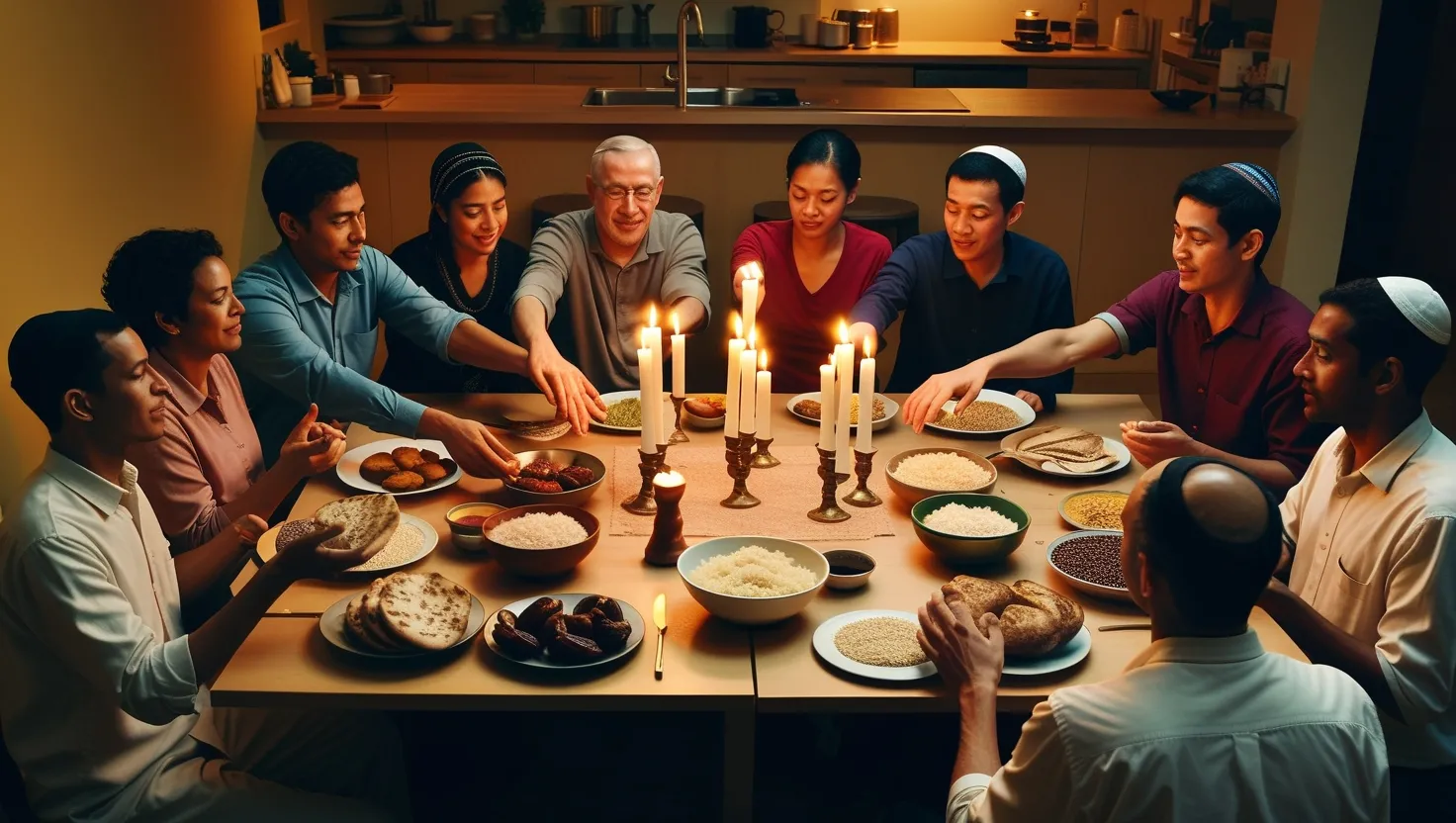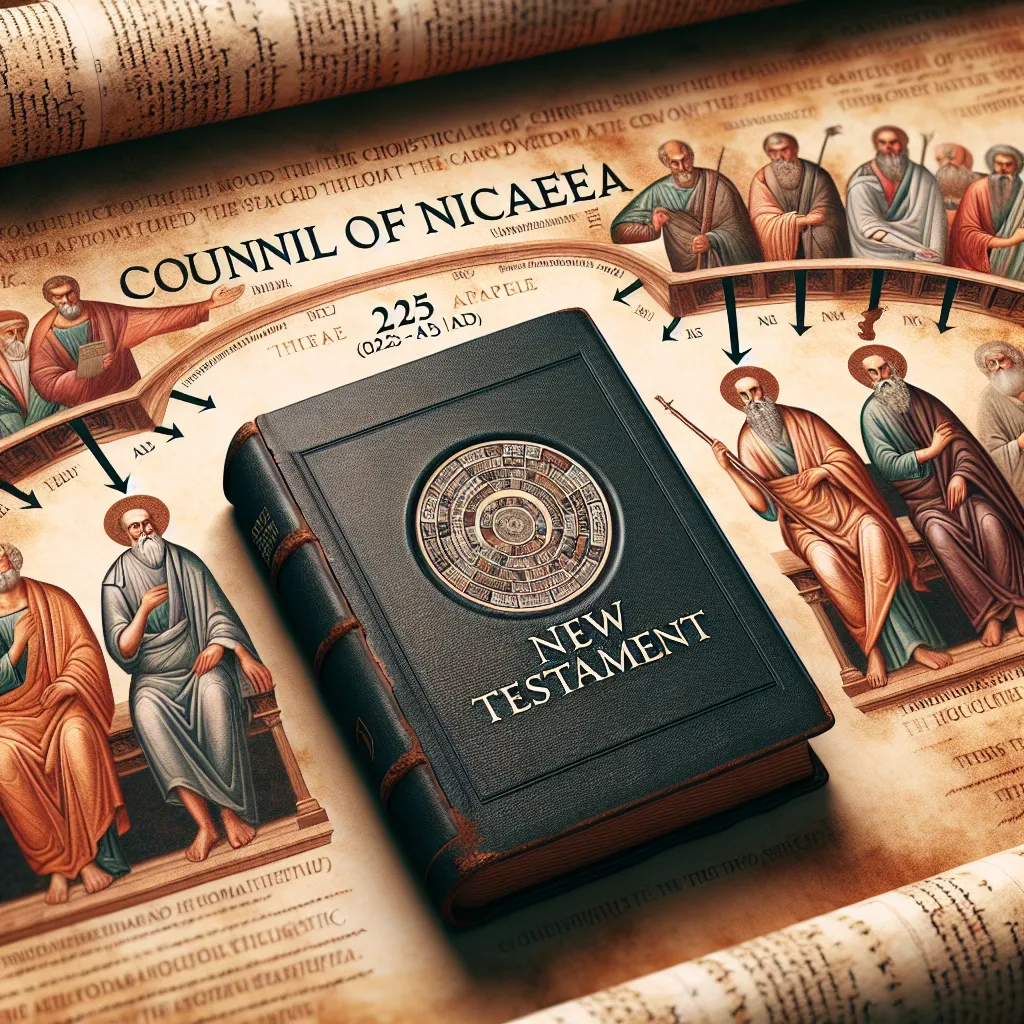Food rituals run deeper than most of us realize. For centuries, these practices have turned kitchens and tables into sites of wonder, connection, and sometimes even defiance. When we think about religious food rituals, it’s easy to focus on the familiar sights: the glittering trays of prasad in Hindu temples, the braided challah at a Jewish Shabbat table, the hush that falls as Muslims gather for iftar, the bustling generosity of a Sikh langar, or the solemn sharing of bread and wine in a Christian church. But these rituals carry stories, philosophies, and lessons that stretch well beyond the act of eating.
Take Hindu prasad, for instance. On the surface, it’s a sweet or savory morsel offered to a deity, then redistributed. But what really happens in that transaction? The food, touched by prayer and intention, is no longer just a snack; it becomes a kind of communication—offering and response, giving and receiving. Anthropologists sometimes call this a “ritualized exchange,” but the language of the devotees is simpler: after offering, the food carries divine energy. To me, the most interesting part is not the ingredient list, which is often humble, but the way the act dissolves the line between everyday and extraordinary. By eating prasad, believers literally absorb a blessing. The act can flatten social boundaries, too. Where else do you see people of all backgrounds sit side by side, hands outstretched, equally deserving of spiritual nourishment?
There’s a world inside a Shabbat dinner, and I think it’s often misunderstood as just a family meal. For centuries, Jewish families have gathered every Friday at sunset, lighting candles, blessing wine and bread, and sharing a meal that blurs the border between home and sacred space. But here’s something less often discussed: Shabbat food isn’t just symbolic; it’s also about memory, resistance, and hospitality in times of threat or uncertainty. During times when Jewish life was marginalized or persecuted, the Shabbat table—hidden or makeshift—became a tiny sanctuary. The ritual foods carry their own messages: the braided challah represents unity; the wine is joy. The meal’s sequence, blessings, and even pauses stitch together generations, uniting people with ancestors they may never have met. Have you ever wondered why so many Jewish recipes are handed down with stories, not measurements? It’s because these meals were designed to survive upheaval, to anchor identity through taste and touch.
“Food is symbolic of love when words are inadequate.” – Alan D. Wolfelt
Then there’s iftar, the evening meal that ends each day of fasting during Ramadan. At first glance, iftar might look like any festive dinner, but it’s really something else entirely—a practice that turns hunger into kinship. What strikes me is the communal aspect: mosques and homes fling open their doors, and strangers are welcomed as honored guests. The first bite—a simple date, a sip of water—unzips an awareness of the body, the spirit, and the company of others. Iftar is a lesson in empathy coded into ritual. The fast throughout the day is a discipline, a stripping away, and when the sun sets, the act of eating together rebuilds, gently, the web of community. It asks an interesting question: how does shared need create shared humanity?
“If you really want to make a friend, go to someone’s house and eat with him…the people who give you their food give you their heart.” – Cesar Chavez
The Sikh langar upends so many expectations. While some religious meals are about hierarchy—who is pure enough, who sits where—the langar says, “Everyone eats.” No one pays. No one is turned away. The menu is simple, the service voluntary, the atmosphere egalitarian. I’m drawn to how the meal is prepared: not just for the community, but with the community. Preparing the food becomes prayer, and serving is a spiritual practice. Langar is a quiet revolution, offering dignity with every spoonful. Historically, it was designed to challenge the Indian caste system, replacing barriers with benches, privilege with paratha. How might our own neighborhoods change if we borrowed this idea?
“Let food be thy medicine and medicine be thy food.” – Hippocrates
Christian Eucharist stands out as perhaps the oddest, most radical food ritual of all. The bread and wine are not just reminders, but actual vessels of presence and remembrance. What’s fascinating is how the Eucharist folds time: participants are invited to recall a meal two millennia old, and, in a sense, to be there. I can’t help but think about the tension in this ritual—it’s a meal and a mystery, a feast and a fast in miniature. The Eucharist was once called the “love feast” and in some traditions, the leftovers must be consumed with respect, never wasted. In a world obsessed with efficiency, this pause, this insistence on reverence—even for a crumb—seems almost rebellious.
If food is just fuel, these practices would make little sense. But food is never just food. Ritual makes us stop, pay attention, and sometimes even transform. Eating can become an act of resistance, of solidarity, of hope. What happens when a simple piece of bread becomes a connector between heaven and earth, or when a handful of rice carries the prayers of a whole community?
“After a good dinner one can forgive anybody, even one’s own relations.” – Oscar Wilde
Stepping back, I wonder: What sustains us, really? Is it the calories, or the connections? When a meal becomes a ritual, it starts to encode stories and ethics into every bite. These rituals have unexpected side effects. Often, they create health benefits—like intermittent fasting during Ramadan or the plant-forward simplicity of langar. Sometimes, they stoke innovation: new recipes, new forms of hospitality, or new ways of organizing societies. They also challenge us to question: who gets to eat, and with whom?
Many people today chase after “superfoods” or new diets, searching for meaning where tradition once supplied it. But these five food rituals remind me that meaning doesn’t come from what’s on the plate, but from how—and why—we share it. They also challenge us to ask, “Who do you break bread with? Whose table do you sit at?” If sustenance is about more than survival, perhaps the truest feast is the one we share, with full attention and open hands.
“In ordinary life, we hardly realize that we receive a great deal more than we give, and that it is only with gratitude that life becomes rich.” – Dietrich Bonhoeffer
The real alchemy of these rituals isn’t in the ingredients, but in the gathering, the giving, and the gratitude. When I see a group of strangers eating together, or a family passing down a fragile recipe, I’m reminded: sustenance is as much about spirit as it is about stomach. In a world that often divides and distracts, religious food rituals ask us to slow down, to notice, and—most importantly—to serve one another. Isn’t that the kind of sustenance we need most?






